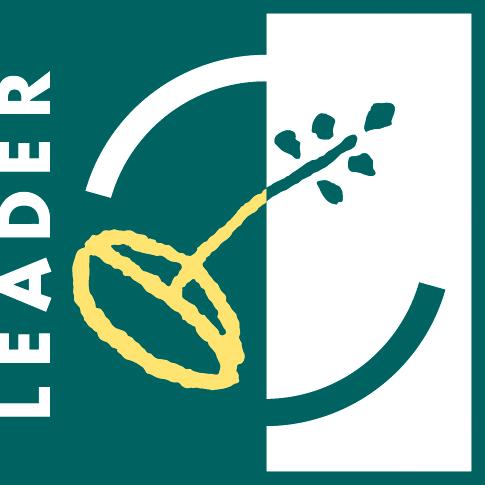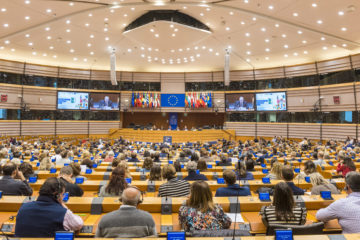
LEADER (Liaison Between Actions for the Development of the Rural Economy) is a European rural development programme. Created in 1991 as a complement to the first pillar of the CAP in order to support the transformation and diversification of rural areas, it is a cross-cutting axis to the second pillar. The LEADER programme, with a minimum budget of 5% from the EAFRD, is the only European programme dedicated to supporting rural development projects. It supports projects that are part of a local strategy for the development of rural areas, developed and supported by a Local
Action Group (LAG). These groups can bring together public actors (e.g. elected representatives of local authorities) and private actors (e.g. companies, cooperatives, or associations). The approach encourages local actors to define actions at their level (bottom-up), rather than imposing ready-made measures.
LAGs are made up of representatives of civil society, local businesses, local elected representatives and local experts. It is therefore a fundamentally bottom-up approach that fosters the active participation of citizens and strengthens their capacity to shape the future of their regions, while promoting sustainability, innovation and social cohesion at local level. LAG members decide together, and with the help of a territorial analysis, the topics on which they wish to work over a given period, and the local development themes on which their territory should focus. They then vote, which projects, led by companies or local communities, should be funded, or not. They can also contribute to the creation of the project itself, by offering expertise and networking, based on what is available within the LAG.
In concrete terms, Europe entrusts local actors grouped together in a LAG with an EAFRD (European Fund for Agriculture and Rural Development) envelope, to co-finance public or private projects that promote the development of rural areas in compliance with their local development strategy and European and national rules.

